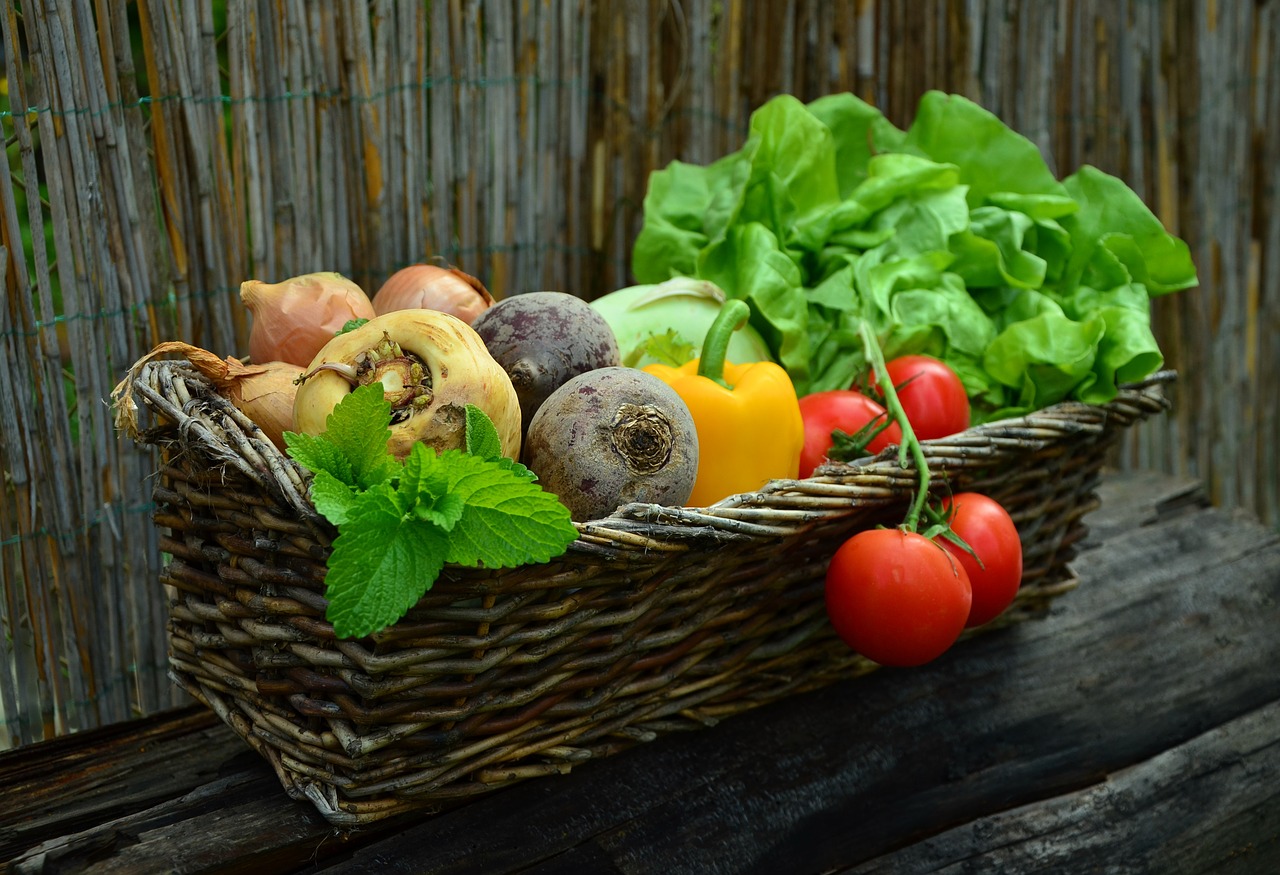Getting Children on the Road to Good Nutrition
For many in America, food choice is not based on health. Eating is a social and self-gratifying activity. Having dinner with friends or family is a bonding time. Memories are made over traditional recipes, food preparation, and kitchen interaction. Special occasions give rise to increased caloric intake of decadent dishes and desserts. Tasting soul food, comfort food, and ethnic food are experiences to be enjoyed, photographed and shared on social media. When it comes to food, health is not usually the motivator in choosing the items on our plate.
Food is a blessing intended for health and pleasure in equal measure. Being purposeful about this balance takes effort. Presently, exploring a change in eating habits may lead you to The South Beach Diet, the Paleo Diet, the Mediterranean Diet, a gluten-free diet, a raw food diet, a vegan diet, or a vegetarian diet. What are we to make of all these voices vying for our attention and confidence? Evidence based research on the important topic of nutrition and benefits of healthy eating is a good place to begin.
In my own quest for knowledge regarding nutrition, I have read books, and listened to podcasts, seminars and watched YouTube channels from those with the food as medicine mindset. Heavy hitters on my list include expert Andrew Weil, known for his integrative approach to medicine, Dr. Josh Ax, doctor of natural medicine, doctor of chiropractic and clinical nutritionist, and Dr. Joseph Mercola and Dr. Mark Hyman, both passionate proponents of healthy eating. Dr. Amy Myers, who upon graduating from medical school set out to find relief from leaking gut, a condition that causes nutrients to leak from the gut eliminating the nutritional benefits of food and thought to be a common source of many aliments. Dr. Joel Fuhrman author of Eat to Live encourages the elimination of meat and dairy while espousing an increase of beans and vegetables in your diet. Dr. Greger, founder of NutritionFacts.org and author of How Not to Die, is an advocate of evidence-based nutrition for preventing and reversing such conditions as heart disease, diabetes, lung disease, brain disease, and blood, kidney, prostate, breast and other forms of cancer.
Each of these well-educated specialists vary in some ways. Although they may disagree on a few things (like whether to consume animal protein, diary, fish, and caffeine), there are areas that are central to their claim that food is medicine and beneficial in preventing and, in some cases, reversing many common diseases. The agreed upon criteria for healthy eating by experts in the field, should cause us to take note. The points are simple and not surprising. Let’s call them the Four E’s.
Four E's
- Eliminate processed sugar
- Eliminate processed food
- Eat more fruits and vegetables
- Eat lots of greens
Eliminate Processed Sugar

With clear indicators and benefits for healthy living—more energy, better cognitive ability, better sleep, less disease, balanced body weight, why are we slow to make changes? If we know sugar and processed food is bad for us, why are we still consuming these foods at alarming rates? When it comes to sugar, the answer is simple. Sugar has addictive properties and those in the food industry know it.
Abolishing sweeteners completely is not realistic for several reasons. Even those focused on eliminating sugar from the home and family diet will encounter this nasty villain making its way into every meal. Salad dressing, ketchup, yogurt, breakfast cereal, canned goods, boxed foods, juice, drinks—sugar is likely an ingredient in the majority of the foods in your pantry. Because of its addictive properties, sugar consumption creates sugar craving. One way to significantly reduce sugar intake is to change your buying habits.
Where to start? First, read the label. The ingredient list tells you what is in the food, and the order of ingredients is listed from greatest to least in terms of the amount. Know the alternate names for sugar.
Second, don’t buy processed food. Since sugar is often the first or second ingredient in processed food, sugar consumption can be minimized by forgoing packaged products.
Third, buy healthier alternatives. Date sugar is a whole food, made from dried dates, and can be used in baking. Maple syrup or honey are better than white, brown, or powdered sugar. Dr. Greger reports that erythritol to be better than stevia which is by far better than artificial sweeteners (stay away from those).
Eliminate Processed Food
Processed food is food transformed from its original whole food state by adding ingredients to improve taste or shelf life often stripping it of nutrients. For this reason, consuming processed food should be limited. Look for foods with as few ingredients as possible (fewer than five is good). You should recognize the items listed as real food (e.g. garlic, spices, or herbs). Beware of “natural flavors”, “caramel coloring”, and chemicals.
Non-processed foods have nothing added. Whole fresh fruits and vegetables would be non-processed food. Nuts, dried fruit (without sugar added), nut butters, and whole grains (e.g. rice, quinoa, mullet, buckwheat, and barley) are whole foods. Packaged cookies, crackers, and pasta are processed foods.
In eliminating sugar, processed food will be curtailed. One change will positively affect the other.
Eat More Fruits and Vegetables

Easy to grab and delicious to eat, fruits and vegetables are packed with antioxidants, vitamins, and nutrients to build and repair our bodies. Citing a study of parenting styles, parental feeding practices, and children’s consumption of fruit and vegetables, Greger (2017) states, “One of the most important predictors of children’s fruit and vegetables consumption has been found to be parents’ consumption, so if you want your kids to eat healthfully, it helps to be a healthy role model “(p. 329).
Eat more fruits and vegetables—the more the healthier!
Eat Lots of Greens

“Dark green, leafy vegetables [e.g. kale, spinach, arugula, and collard greens] are the healthiest foods on the planet” (Greger, 2017, p. 311). Finds ways to incorporate dark greens into your family meal plan. A breakfast smoothie with a banana, strawberries, and handful of spinach will do the trick for that child reluctant to eat cooked or otherwise raw spinach. Kale and collards, chopped fine, can be added to soups. Work toward serving a cup of raw (or ½ cup cooked) greens per person per day.
It is easy to find delicious salad recipes from Dani Spies, Dr. Oz, All Recipes, and Dr. Greger, as well as cooking magazines, that incorporates greens, fruits, and vegetables.
Dr. Greger’s website, NutritionFacts.org provides current research on a plethora of searchable topics. His summary of the findings offers a concise review of the literature, without promoting any product or service for which he profits.
Make these simple changes to your buying and eating habits for long term positive benefits. This list will get you started today!
God bless your efforts and the health of your family. Let me know in the comment section below, which resource you found most helpful.

